Interesting facts about the de Havilland Vampire; The Second Jet Fighter of British RAF
The de Havilland Vampire was the British jet fighter that was designed and produced by the company named de Havilland Aircraft Company. The de Havilland Vampire holds the title for being the 2nd jet fighter that was operated by the Royal Air Force with the first one being the Gloster Meteor.

The work on the design of the de Havilland Vampire started back in 1941 when World War II was in full blow and was intended to be an experimental aircraft that could be used for combat action while harnessing its jet technology. Out of all the design studies conducted by the de Havilland Aircraft Company; they selected the design of the Halford H.1 Turbojet engine which was later designated as Goblin. The aircraft was ordered by the RAF to be produced in grooves as the interceptor aircraft. The first delivery was made in 1946 and the aircraft started its operational service that very same year.
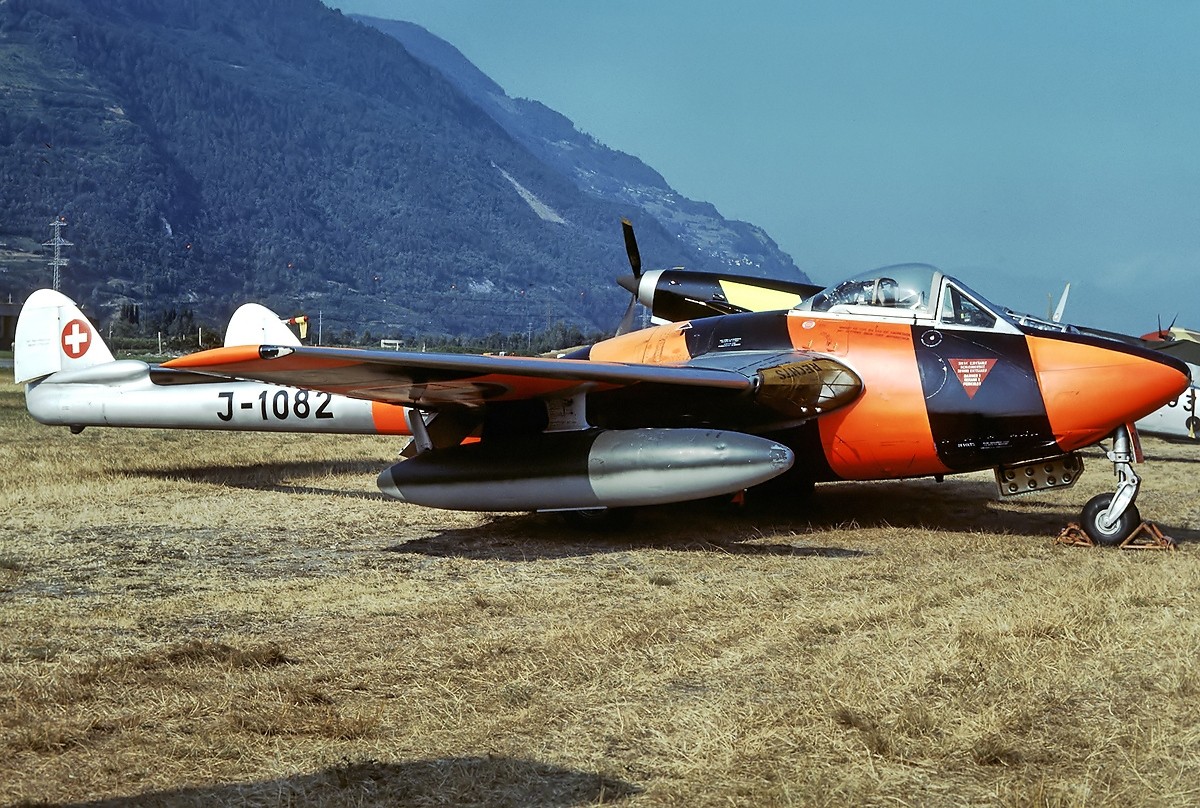
The de Havilland Vampire proved to be a viable replacement for many of the older position engine powered aircraft of the World War II era and went on to break many aviation records like being the first jet aircraft to fly across the Atlantic.
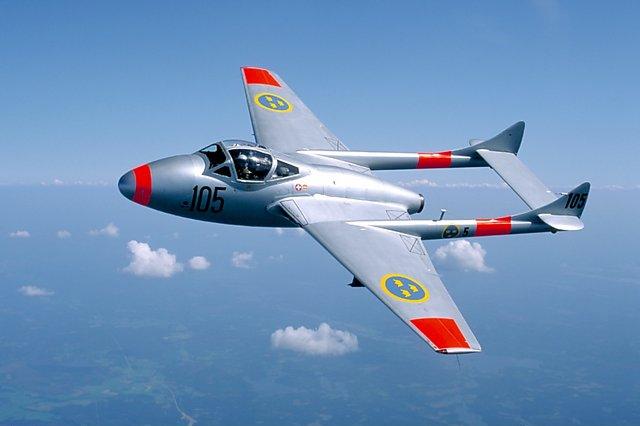
The aircraft served the RAF well until 1953 but was retired officially back in 1966 after RAF started using the Folland Gallant.
Origin:-
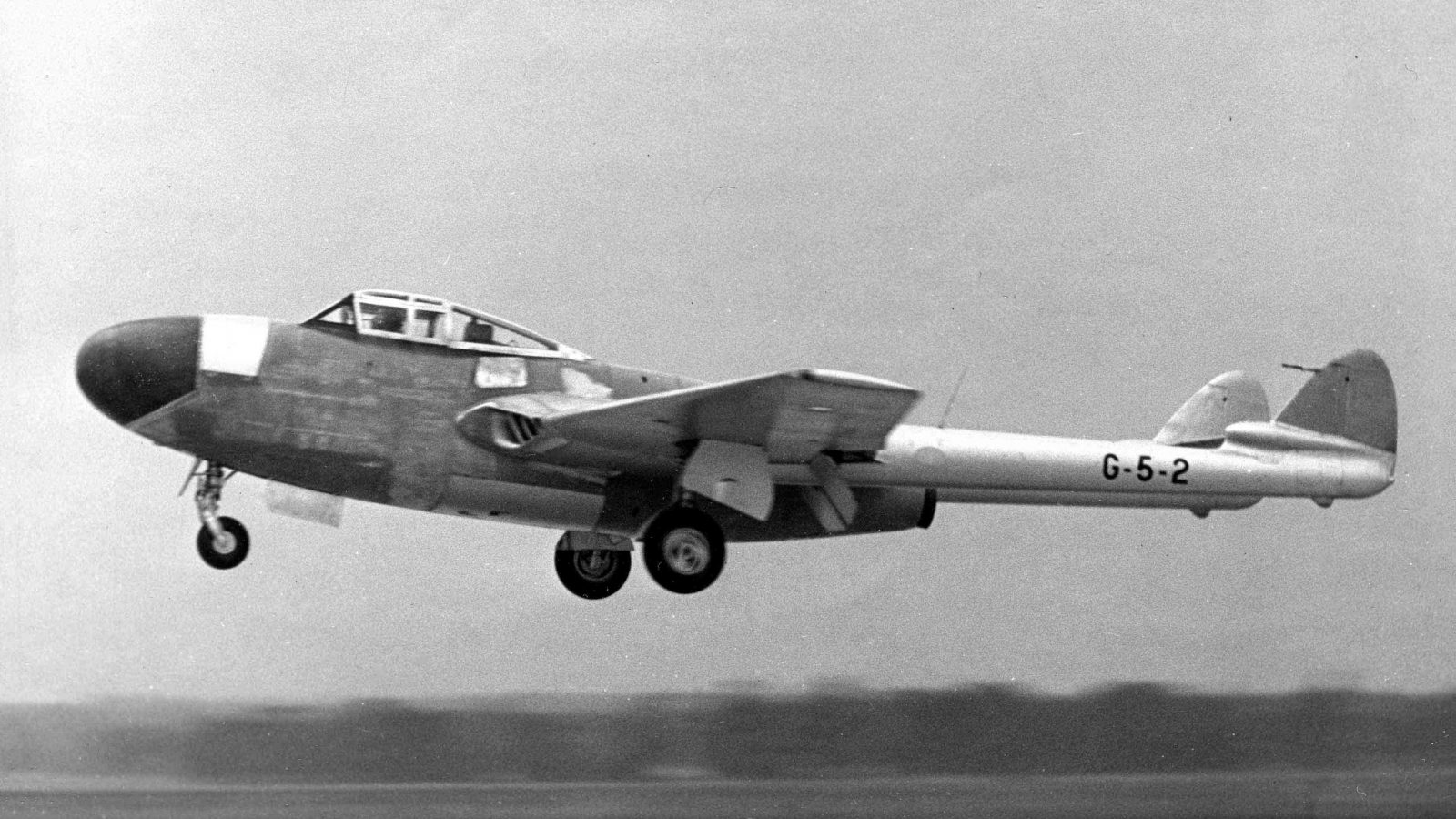
The H.1 engine which was later named Goblin was created by the aircraft engineer named Major Frank Bernard Halford. The resources of the de Havilland allowed for Halford to create the DH.99 design which was of the twin-boom fuselage that had a central nacelle for the cockpit and an ability to have four cannons on board while the undercarriage of the tricycle configuration and the overall design was powered by a jet engine.

This design was later the base for creating the de Havilland Vampire and it as comprised of an all-metal body with a short central fuselage to supply the jet pipe. Upon review from the British Air Ministry, the requirement was to create the aircraft with both metal and wood materials and de Havilland obliged to it. The revision led to the creation of a prototype that was designated as DH.100 back in November 1941. The aircraft was designated in-house as the LZ548/G.
Development & First Flight:-
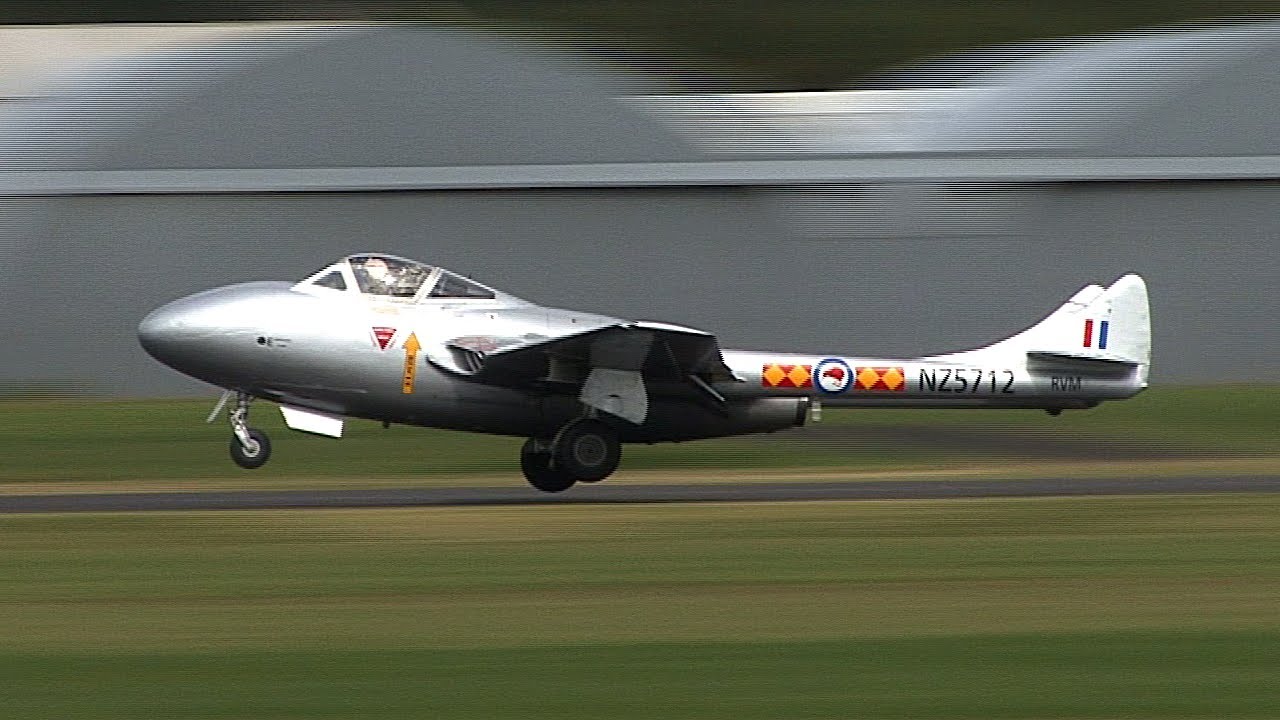
The aircraft was ready for its first flight after many revisions in its design and the first flight took place back on 20th September 1943. The area of the first flight was Hatfield while the pilot on board was Geoffrey de Havilland Jr. this prototype was fitted with the Goblin 1 turbojet powerplant which at the time created a thrust of 2700 lbs. Geoffrey de Havilland was the son of the founder of de Havilland Aircraft; Geoffrey de Havilland Sr.
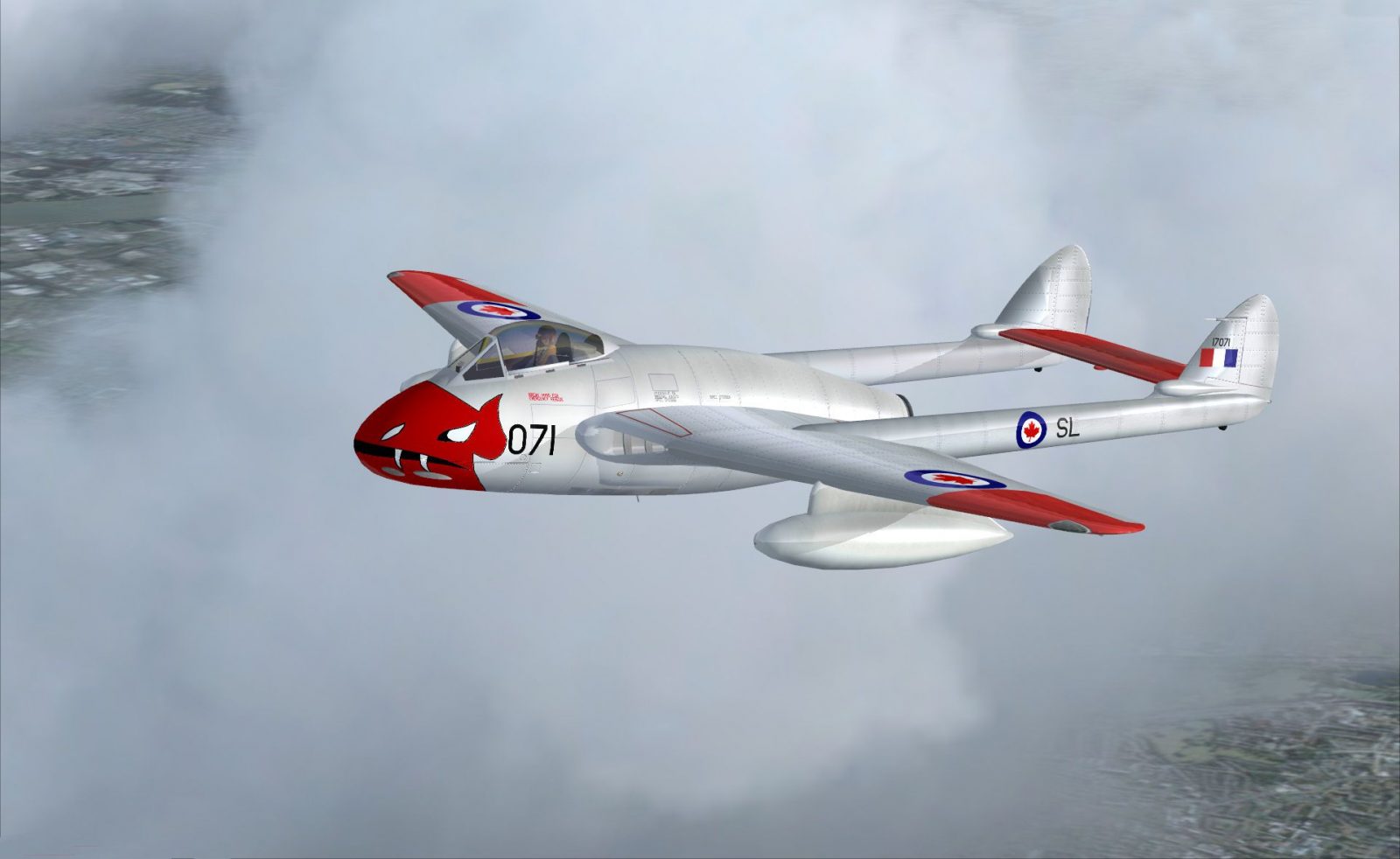
Many delays led to the production to be not started until 1945 and after the production started the aircraft was named de Havilland Vampire. The aircraft went on to see many variants like the night fighter model with radar and was developed for export to Egypt but was then delivered to RAF. At the height of its service, nearly 19 squadrons of the RAF were using de Havilland Vampire in its 15 different variant forms.
Powerplant and performance:-
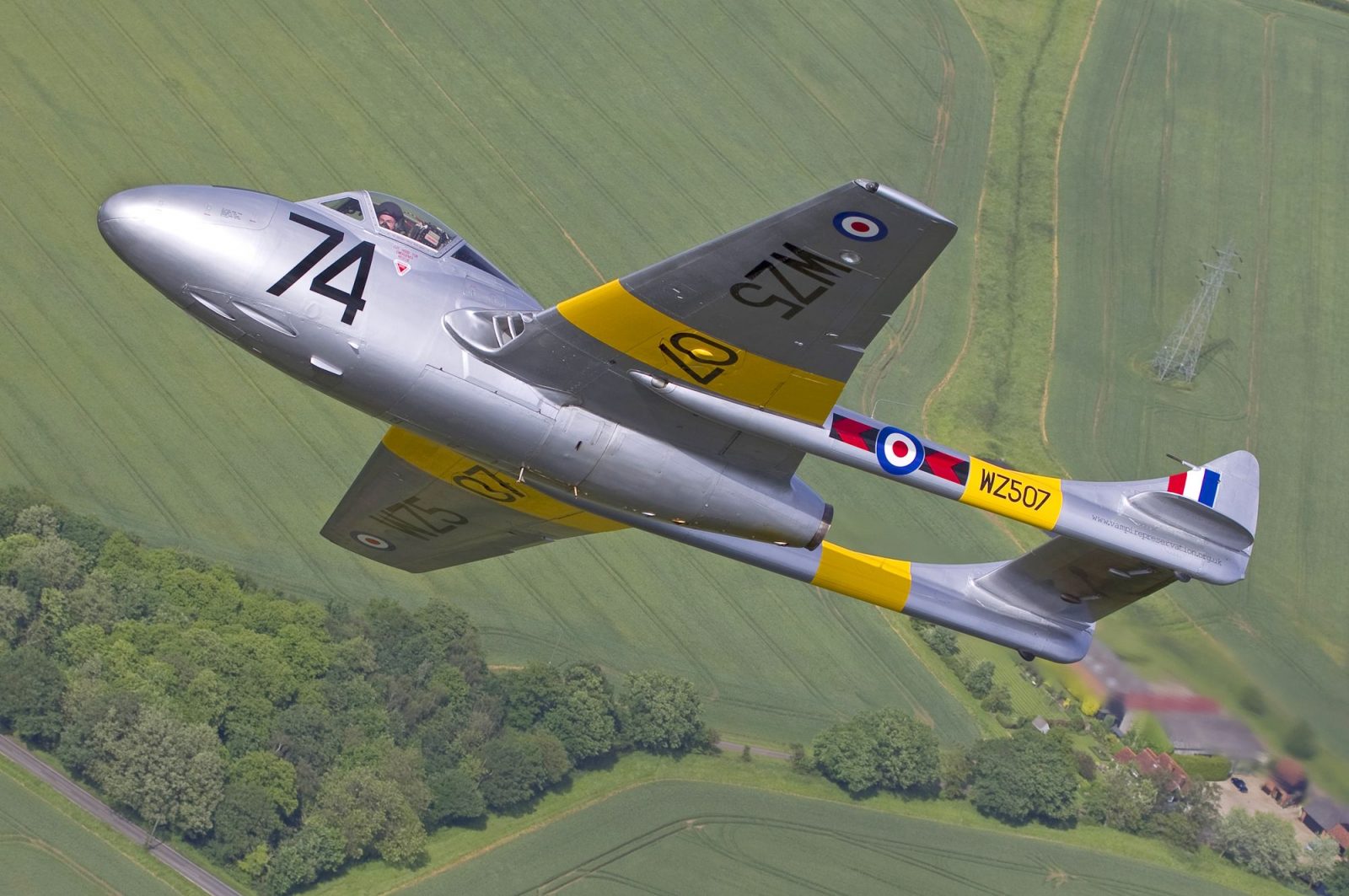
All the models of the de Havilland Vampire relied for power on the de Havilland Goblin 1 turbojet engine which was able to generate the thrust of nearly 3100 lbs. this much power allowed for the aircraft to maintain a top speed of about 540 mph for a maximum range of 730 miles. As for the service ceiling of 41000 feet, the de Havilland Vampire achieved this with a climbing rate of 4300 ft/min.
Design and Armaments:-

The finalized design of the de Havilland Vampire featured an aircraft that had the twin-boom layout which had a cockpit seated in the fuselage’s centralized nacelle along with its engine. Intakes were created on the roots of wings for the aspiration of the Goblin series turbojet engine while the exhaust was carried out from the nacelle via an exhaust ring.
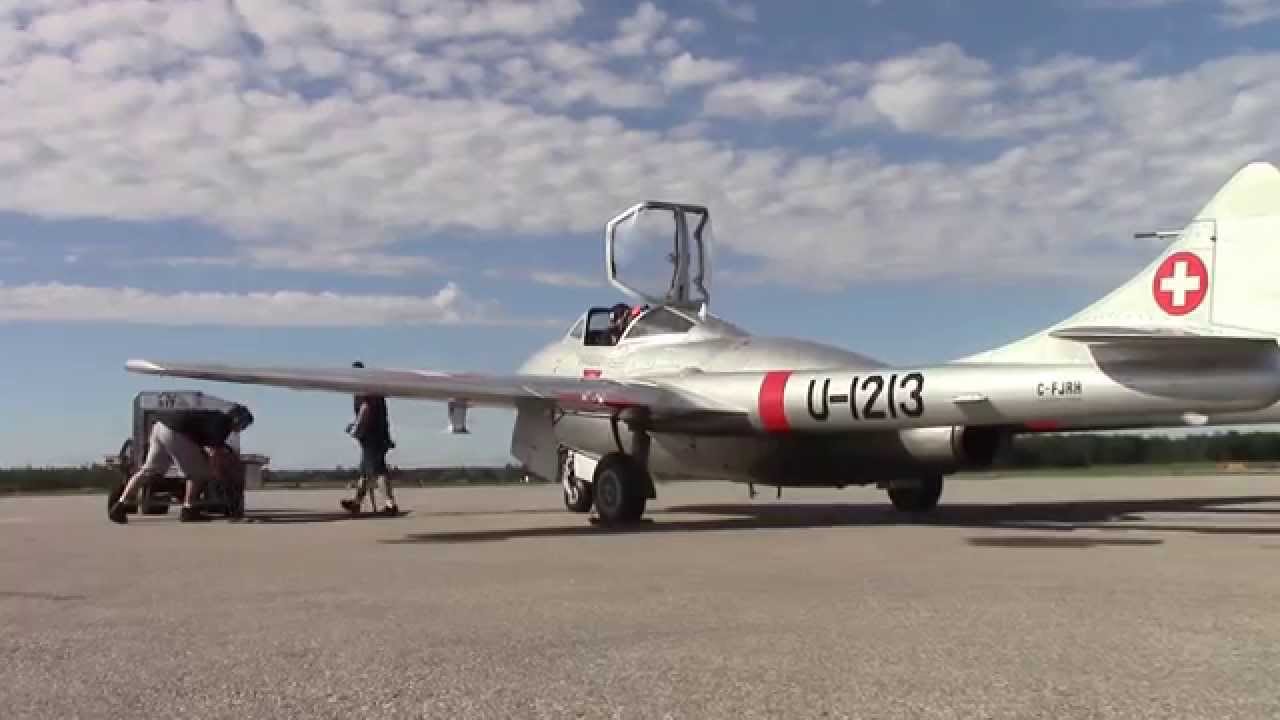
The booms of the aircraft from its mid-chord extended with monoplane wings which were set in the fuselage’s middle section on its sides. Each of these booms also had a small vertical tail fin that had large horizontal stabilizers.
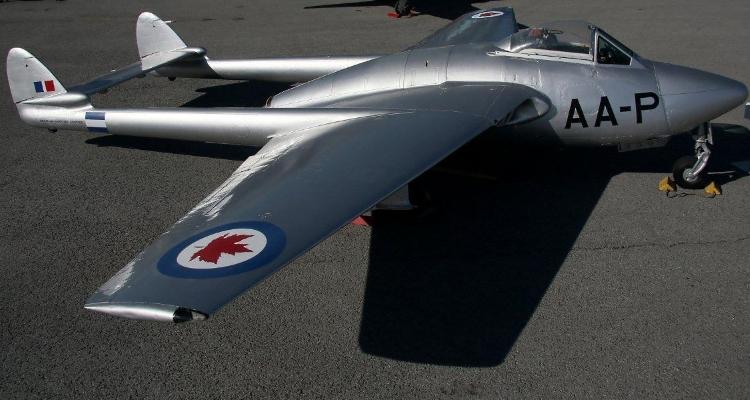
The standard armament configuration of the de Havilland Vampire was comprised of the 4 20mm Hispano Mk.V cannons that were fitted on the underside of the fuselage’s front. In addition to this, the aircraft could carry an ordnance payload of 2000 lbs which could be carried on the aircraft’s wings. These hardpoints under the wings were sued to carry the following.
- Fuel drop tanks to increase the range
- 8 of the unguided rocket of 60lbs weight each or 2 of the drop bombs with 500lbs weight each
Navalized de Havilland Vampire aka Sea Vampire:-
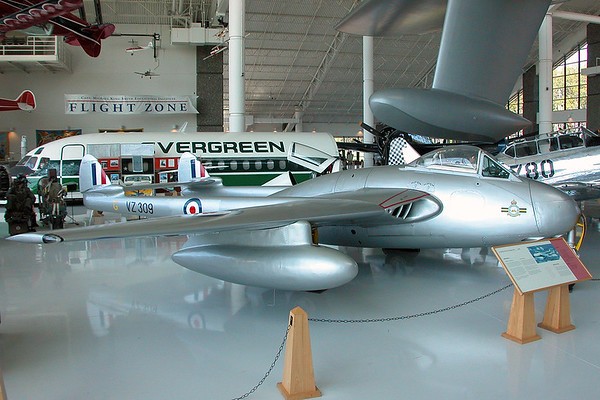
One variant of the de Havilland Vampire was designated as FB.Mk 5 was the base model that led to the creation of the navalized variant of the de Havilland Vampire which was later named Sea Vampire. Two models of de Havilland Vampire were created that were designated as FB.Mk 20 and FB.Mk 21; both of which served the Royal Navy.
Service for RAF:-

Upon entering the service of the RAF< the de Havilland Vampire was fielded with the duty of being the front line defense of the United Kingdom during the early years of the Cold War. The aircraft proved its front line service by producing impressive aerial defense against Soviet threats.
Total number of aircraft produced:-
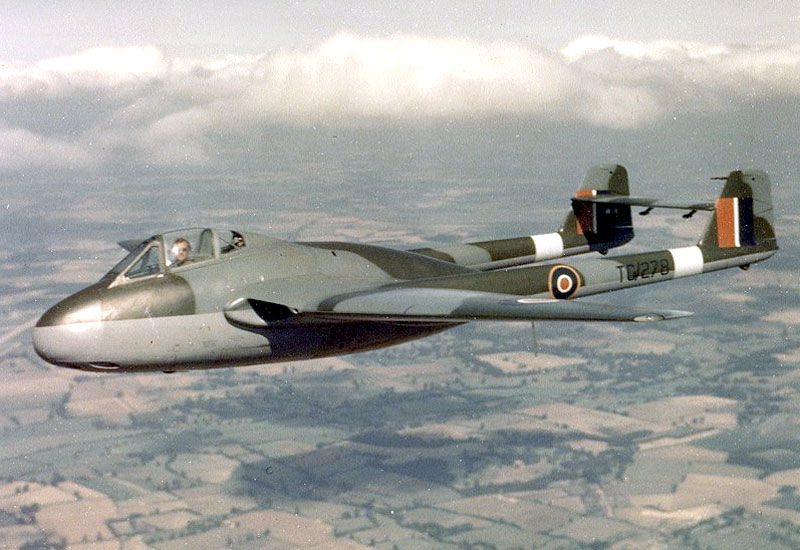
Throughout the course of the production of the de Havilland Vampire starting from back in 1946, nearly 3268 of these aircraft were created in all its variant forms. The aircraft was exported to the Commonwealth nations of Britain like Canada and Australia.
Other Operators:-
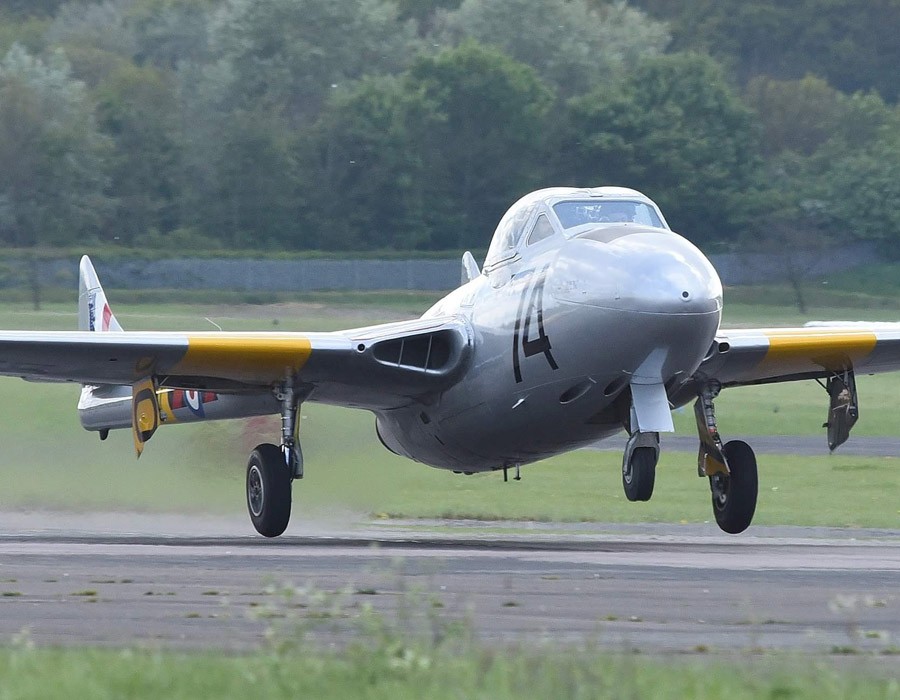
In addition to serving the RAAF and the RN, the de Havilland Vampire was also exported to the following nations which sued this aircraft for both their navies and air forces.
- Australia
- Canada
- Egypt
- Finland
- France
- India
- Italy
- Norway
- Rhodesia
- Sweden
- Switzerland
Retirement:-
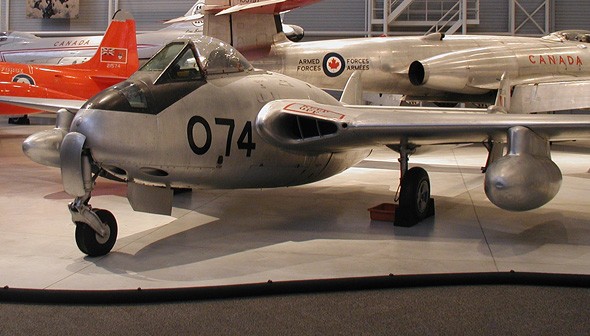
The de Havilland Vampire was limited in its use by the RAF back in 1953 for the secondary roles like the pilot training and the light ground attack missions. As for the official retirement, it occurred back in 1966 when the RAF replaced the de Havilland Vampire with a newly created Folland Gnat.
The last operator of this aircraft was Rhodesian Air Force which retired the aircraft back in 1979.
Related content
Interesting facts about the Hawker Sea Hawk; The Royal Navy’s First Jet Fighter
Amazing facts about Supermarine Scimitar; The British Naval Fighter
Interesting facts about the Soko G-4 Super Galeb aka Super Seagull
Share this content:

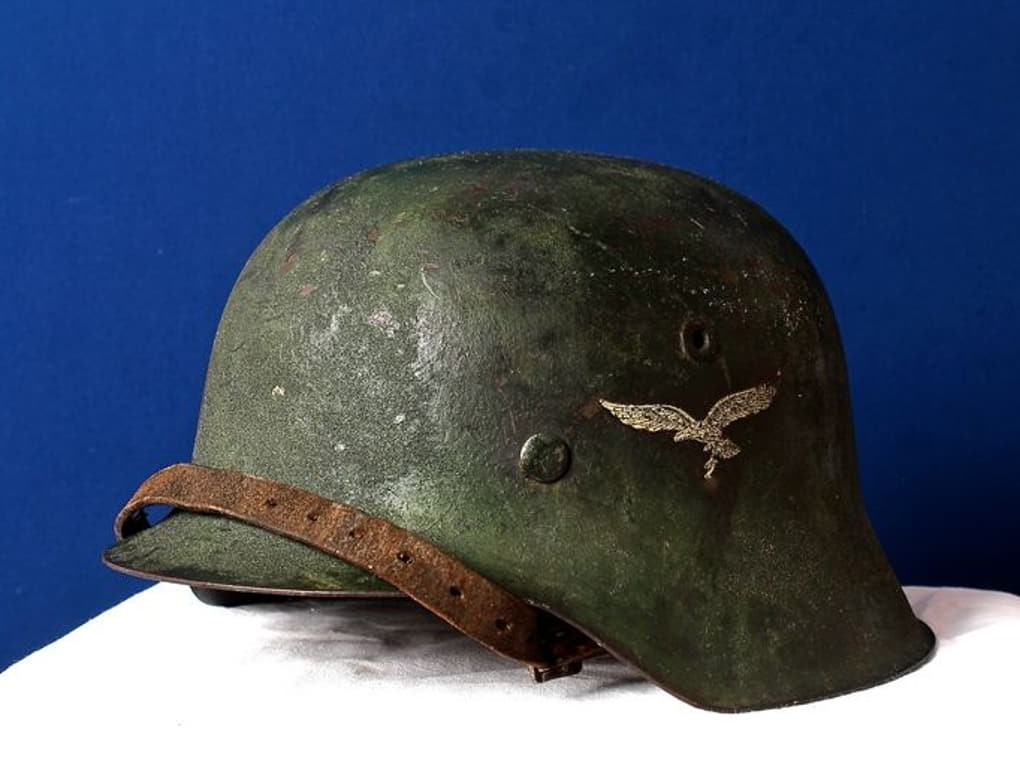
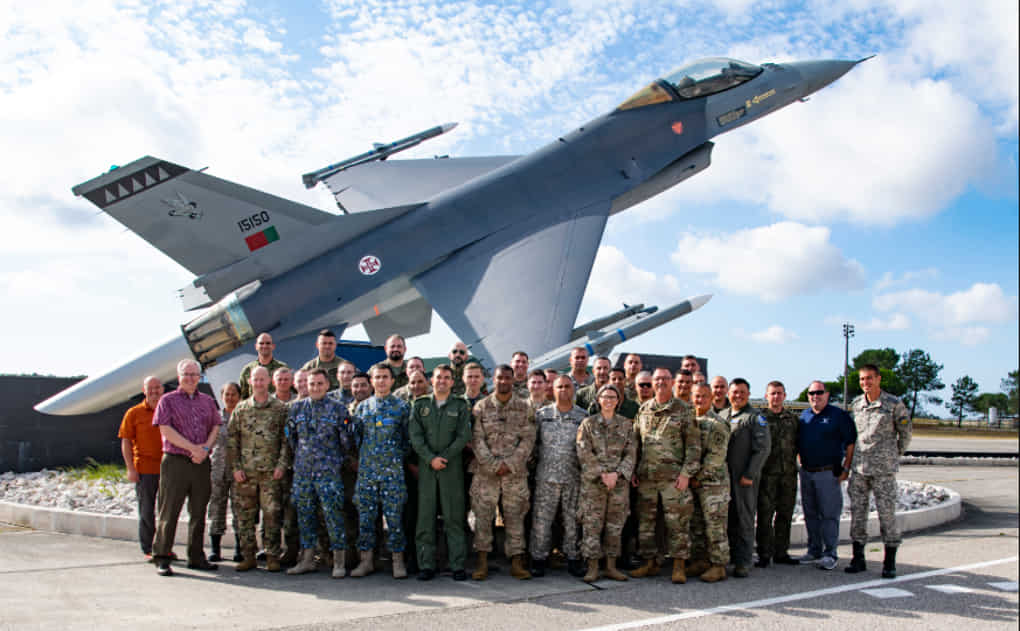
Post Comment